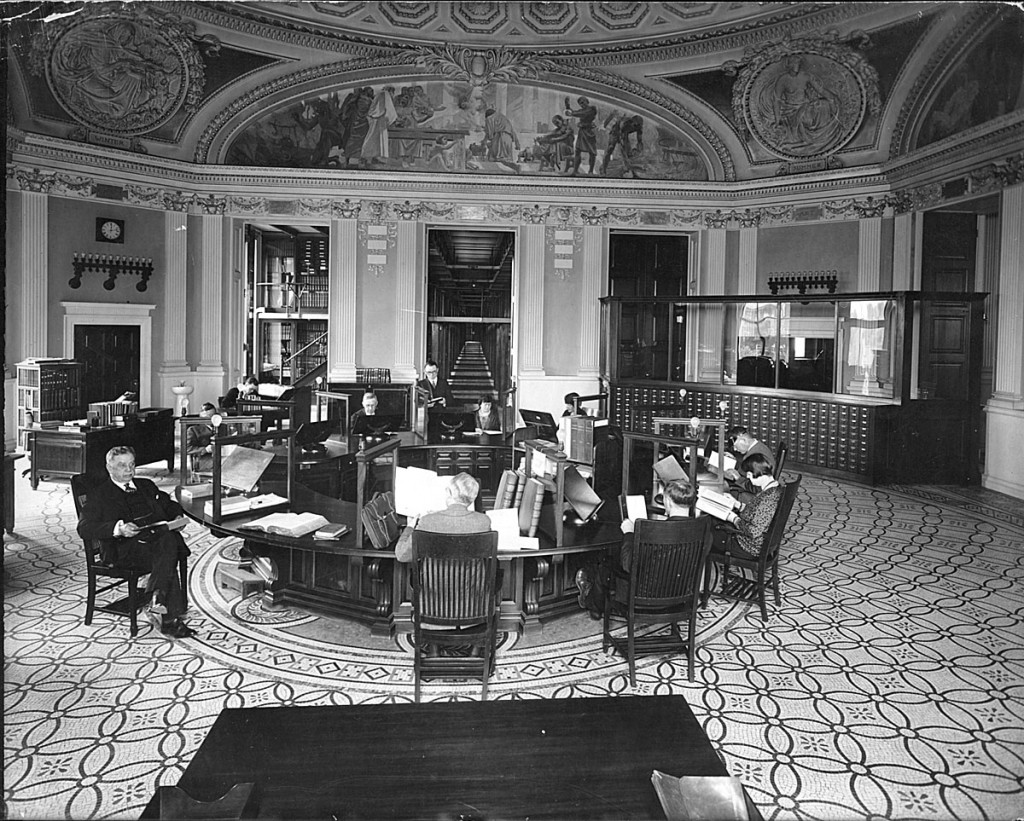We’ve all heard about libraries, but what about archives? The main difference between the two is that libraries usually contain books and other published materials, while archives contain records, personal papers and all types of other unpublished materials.
I’m lucky since I get to work at both! This has caused an identity crisis for me, should I call myself a librarian or an archivist? Librarians are more familiar to people but I’m not just someone who says “Shhhh!” all the time! Archivist has a cool ring to it, but I have to explain what it means more often. I usually stick with librarian, since it’s something people can understand right away. I want to do my best to improve people’s perceptions of what it means to be a librarian.

Types of Archives
Archives can be public or private. Perhaps the largest archival repository in the world is the National Archives and Records Administration (NARA) which is an agency of the U.S. Government. The main branch of the National Archives is in College Park, Maryland but they also have 10 affiliated facilities and 14 regional facilities, that’s a lot of facilities! The Stanford University Archives or the Hoover Archives (where I work) are examples of private archives. Public archives are funded by national, state or local governments. Private archives can be funded by university endowments or private donors and collectors.What They Collect
Each organization collects materials based on their mission. NARA collects government records and the papers of prominent civil servants, among many others. The Stanford Archives collect materials spanning several centuries, including first editions of famous literary works and the papers of Martin Luther King Jr. The Hoover Institution Archives’ collections relate to war, revolution and peace in the 20th and 21st centuries; yes it’s as awesome as it sounds and I’ll tell you more later. Archives are fascinating because they contain the raw materials that scholars use to write books. Not all authors use archives to research their books, but most scholarly books with footnotes will refer to archival sources. Diaries, letters, photographs, records, sound recordings and film reels, held in archives, give us a glimpse into the past and help us to piece together the puzzle of history.